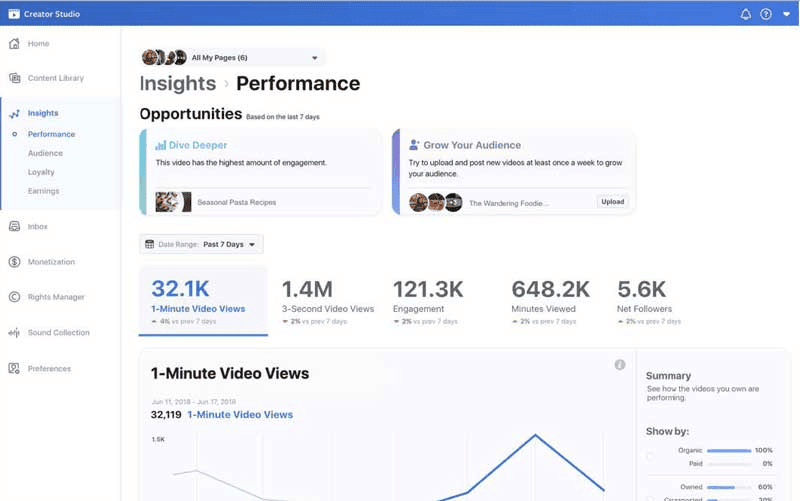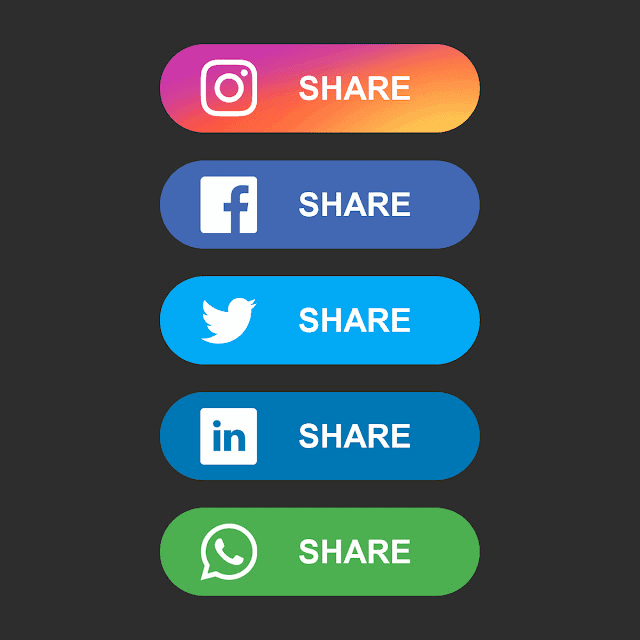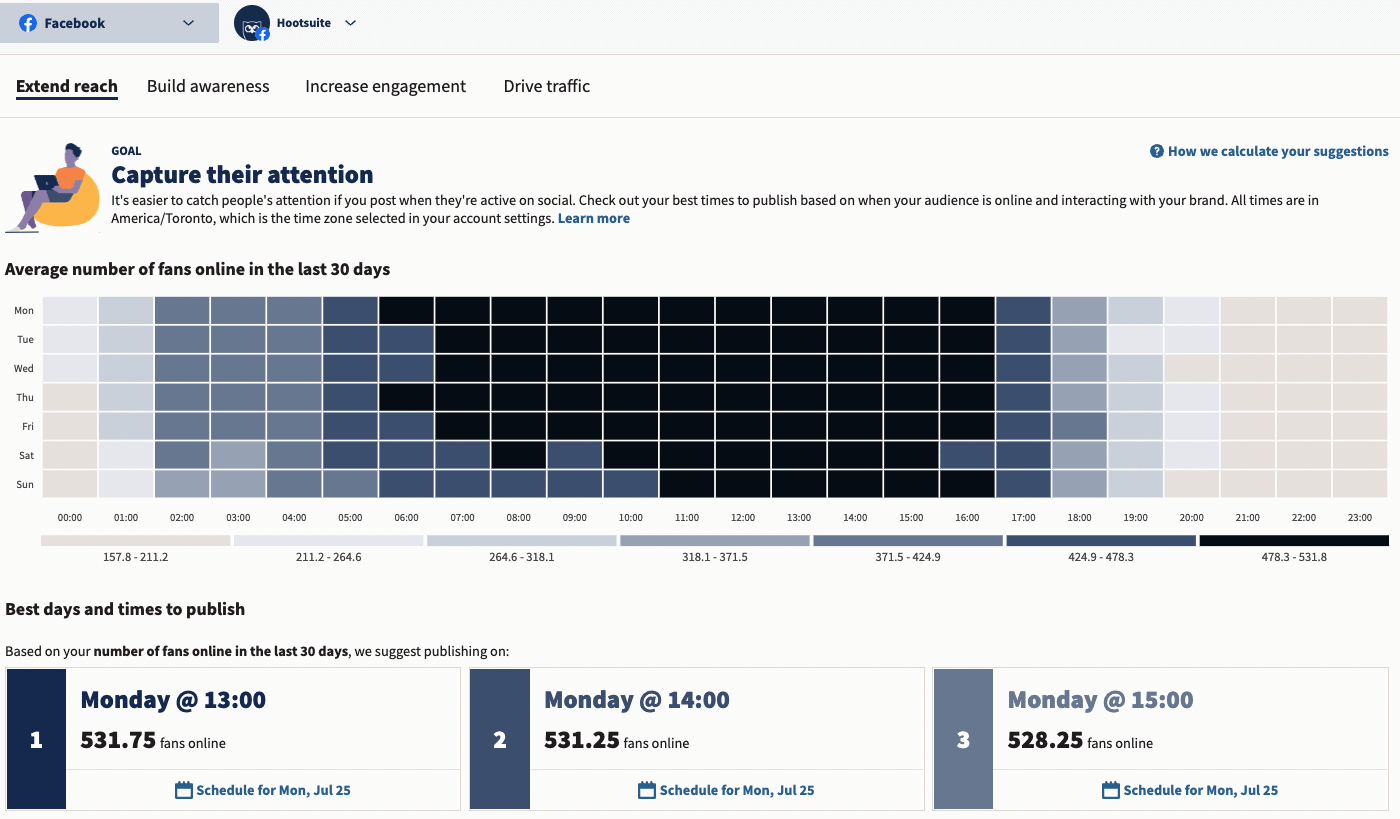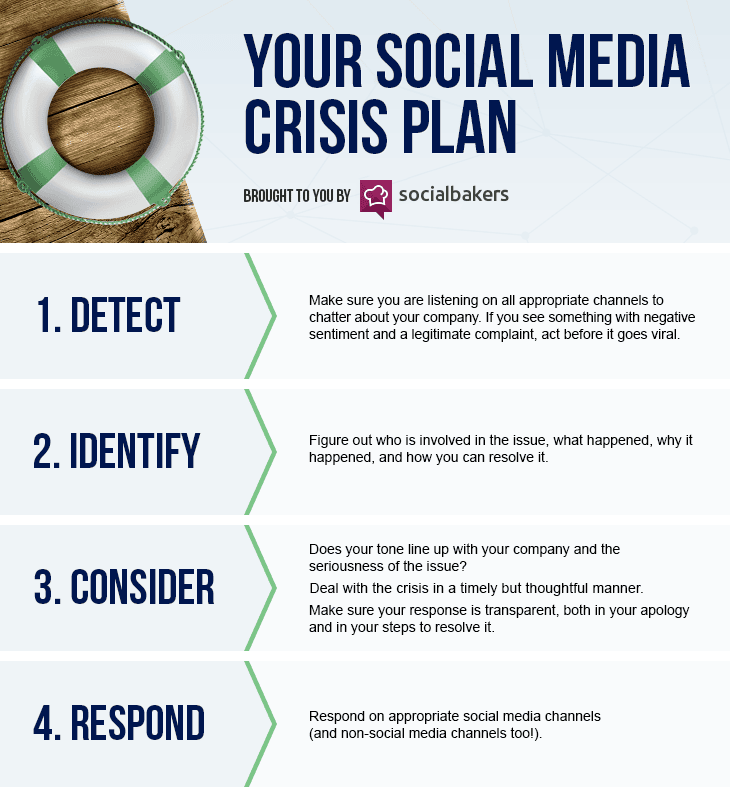Press releases and conferences used to form the centre of the crème de la crème of PR strategies. They might still have considerable PR sway, but with around 4.70 million global users, social media can also no longer be ignored.
Just look at the current PR landscape.
Many brands nowadays tend to make PR communication on social media. Even the traditional media are sharing news and updates on social media platforms.
You might be wondering: Can’t the two (social media and PR) remain independent strategies, as they did in the earlier years? Well, the answer is no, and here’s why.
Why PR And Social Media Must Be Integrated
Most people your PR campaigns target – from business partners, investors and consumers – have a social media presence. Integrating PR and social media helps you take advantage of this in multiple ways to push your PR agenda.
Today, customers crave relationships and connections with brands they follow or purchase from. This is hard to achieve with just press releases and other PR tactics. Social media encourages customer feedback through comments and direct messages, making brands seem more approachable.
So by integrating PR and social media, you build more personal connections with your audience, which earns you high customer retention rates and loyal brand advocates.
PR and social media integration also provide a fair field for businesses of all sizes to run successful campaigns without traditional PR budget restrictions. For example, before, you would have required a large budget for traditional media campaigns. Today, you can pay for an Instagram or Facebook ad that aligns with your social media budget and run a successful online PR campaign.
PR and social media integration also allow you to gather more data on your campaigns so you can make adjustments where necessary and run better campaigns in the future. Apart from the traditional PR metrics of traditional media reach, you can also use social media platforms’ inbuilt insights and analytics tools, shown below. The data you extract from here allows you to make a better assessment of what people want.

Finally, you should also remember that social media and PR share communication-based functions that focus on forging, building, and maintaining customer relationships. So if you’re looking to achieve more impact, it makes perfect sense to integrate them.
How Has Social Media Changed PR?
Social media marketing has completely changed how companies executed PR before, which can be seen through various changes to traditional PR practices. The most evident impact has been on communication and reach, as discussed below
1. Communication
Social media has allowed for two-way street communication. Now, consumers can directly interact with their favorite brands through real-time messaging. Before, it was difficult to get to a brand representative if a consumer had concerns.
With social media and PR integration, brands can also now gauge what each individual consumer wants. After all, instead of reaching out to a homogeneous audience, brands can reach out to consumers one-by-one. That helps them tailor their campaign messages at an individual level.
Also, while the idea of PR communications formats was more constant and mostly too official before, social media offers different social channels that consumers resonate better with. For instance, you can host a Facebook live, post IGTVs, Tiktok videos, or Tweets.
For most of these, your PR communication takes a lighter note, which most people on social media find captivating and pay attention to. You can also repackage the social media content in different formats, like video content and carousels, for each platform and gain the attention of different target demographics.
2. Reach Larger Audience
With social media, PR communications can now reach a wider audience. This has allowed businesses to expand their potential customers list, provided they understand the specific social media channels to target for different demographics. For instance, if you’re targeting a younger audience, you can make your PR communications on Instagram or TikTok to reach them.
Social media has also allowed influencers to thrive. These are people brands can approach for PR campaigns. After all, influencers have thousands or even millions of followers. So, when an influencer posts a brand’s message, it follows the brand can also reach the influencer’s thousands or millions of followers with the message.
I will discuss influencers some more later on in the article.
How To Use Social Media For PR
We have discussed the need and impact of using social media for PR. But you’ll only get good results if your social media for PR strategies are well-executed.
Not to worry. Read on to learn four crucial ways to effectively use social media for PR. Including these tips in your PR plan — whether crafted by you or by a specialist crisis management company — will help ensure you reap the best results:
1. Create Social Media Buttons for All Messages
Social media buttons are one of the best ways to use social media for PR purposes. Social media buttons are clickable buttons that are identifiable by the social media networks’ logos. Here are some of the most popular ones:

These buttons make it easy for people to share your messages on their social media platforms or with their connections. Though mainly used on web pages, you can also use clickable social buttons in your PR messages, like press releases. That leads to more brand exposure.
However, there are some factors you will need to consider when using social media buttons in your PR materials:
Button design
You can either choose to use standard or custom designs. The standard designs are more popular, but a custom design captures your consumer’s attention. If you go for custom designs, remember to keep them simple to avoid making them so unfamiliar. Also, keep them conspicuous, so they stand out.
Number of Buttons
Too many social media buttons will only clutter your press release and overwhelm users. If they can’t choose which social button to follow, they will not share content. Therefore, it is best to stick to three or four, which your analytics should help determine. You should only include social buttons for sites that will earn you the most referral traffic.
Also, ensure you arrange the buttons in the order of relevance. So, for example, if most of your customers use Instagram, ensure the Instagram button is displayed first. But if you’re sharing, say, a recruitment marketing guide, then you would display the LinkedIn button first.
Buttons placement
Most companies place their social media buttons immediately after the headline or at the top right of their page. So, when users click on the link to the press release in SEO search results, the buttons are the first things they see. This placement is good, since it makes it easy for people to find your official social media pages from the get-go and engage with you:
That’s not to say you should always stick to the same placement. The best placements for your social buttons will also depend on the structure and content of your PR material. You can place them at the top, bottom, or sides of your message for as long as it doesn’t disrupt the user experience.
Finally, embed social media links in the content to support your social media buttons function. The links will also help you boost audience engagement and traffic.
2. Build Meaningful Relationships With Influencers
Partnering with social media influencers is one of the most effective ways to create good PR for your brand. They share more personal and authentic content about your brand that people relate to. This is especially so for niche and expert influencers. By partnering with them, you earn their followers’ trust and, eventually, loyalty.
However, you can’t just work with any influencer. You should cultivate and retain strong relationships with your best influencers who understand and value your brand. Doing this earns you loyal brand ambassadors who are always ready to support your company, even when money is not involved.
But how do you build and retain those influencer relationships?
Reach out to them (via email or via the social platform they use) with messages that are authentic. Avoid automated messages and comments. Instead, personalize. Here’s a great template by Grin you can follow.

Set clear expectations from the get-go with your influencers. This is the foundation of most professional, long-standing relationships. You can have an official document like a social media proposal that articulates these expectations. Though it’s not an official contract, it can be the basis of your agreement. You can use this social media marketing proposal template from Panda to create one if you don’t have one already.
Finally, support your influencers on your social media platforms by sharing and reposting their content even if it doesn’t reference your brand. Just make sure it’s something interesting your audience will also like. Also, support your influencers even after your partnership has ended. This shows them that you value them and could also be great public relations for your brand.
3. Be More Consistent
Consistent brand presentation has been proven to boost brand revenue by 23% on average. So, to get the most out of using social media for PR, you must stay consistent.
There are various ways to ensure you stay consistent. For instance, be consistent in giving quick responses to online users. This can impact the level of reach and exposure you get on social media.
You also have to be consistent with the times you share social media posts and other updates. But to determine this, you must track customer engagement insights and data. These will show you the best times to post your content to get the most interactions and your most popular content.
For instance, the image below shows Hootsuite’s Facebook followers’ activity and past content performance analysis. The data helps them determine the best times to post.

The other major factor is the brand voice and tone consistency. This is one of the most crucial aspects of social media for PR because it highly impacts and boosts brand awareness and reach. Any PR message you share on your social media accounts must be clear, concise, and recognizable.
4. Try To Be Proactive
Better crisis communication and reputation management are some of the main benefits of good public relations strategies. Though no brand is perfect, social media is anything but forgiving. Bad press quickly spreads on social media, with some “#cancel” campaigns taking only minutes to spread globally.
To grow from social media for PR, you need to be proactive. Live by Murphy’s law, “anything that can go wrong will go wrong,” and develop a social media crisis plan. The plan includes guidelines on the best responses in times of crisis that will help you navigate the situations successfully.
Here’s a simple and easy-to-create social media plan example by Socialbakers

Also, practice social listening. This will help you monitor how your target audience receives your PR crisis communication. As a result, you always identify brewing PR crises and calm them before they blow up and cost you time and resources.
It is wise to monitor and determine the PR and social media strategies that work best in different crises from the start. Why? Because if the crisis reoccurs, at least you’ll already know what to do.
Finally, you also have to encourage your public relations and social media teams to collaborate at all times. This will help you build a more open and collaborative culture. The result is that your teams can take advantage of the benefits of each platform – traditional PR and social media — to tackle any crisis.
For instance, the social media team will likely see any potential crises first. So the team can alert the public relations team, who can help respond to the situation correctly.
Getting started with social media for PR
Social media provides many ways and channels to highlight a brand and expand its PR reach. This is one of the main reasons brands should use social media for PR, which we have discussed in depth above.
We’ve also discussed ways that brands can use social media for PR, like using social media buttons for all PR messages and building meaningful relationships with influencers. Remaining consistent and being proactive in any crises are always key.
Follow these tips and start getting the most out of using social media for public relations. Good luck.

